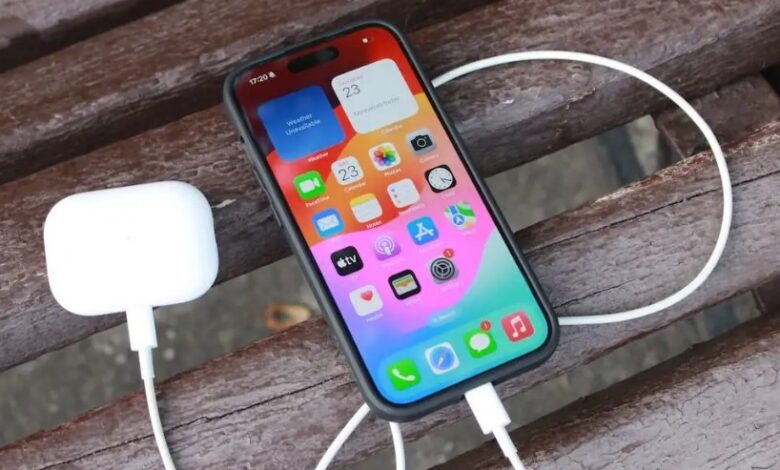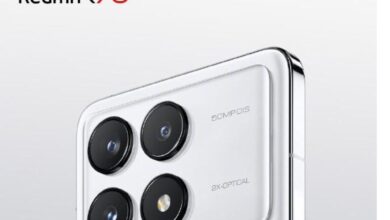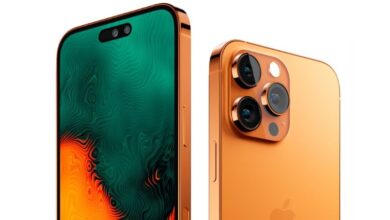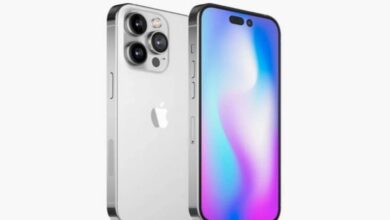
In 2024, selecting an Android or iPhone smartphone is a crucial choice that depends on a number of variables. Both platforms are now impressively feature-rich and technologically advanced, meeting a wide range of demands and tastes. Many people base their choice on contrasting the user experience and ecosystems offered by each platform. Important factors to take into account include the system’s usability, compatibility with other devices, and app availability.
IPhone Or Android For 2024 What’s The Best Smartphone Choice for You
Things to Think About
Your Priorities: What matters more to you: smooth integration, regular updates, ease of use, or extensive customization options?
Budget: The range of Android devices is far broader.
Particular characteristics: Pay attention to essential features such as specific camera functions, extended battery life, and make sure these are present in upcoming versions.
Costs of Switching: It can be a little awkward to move data between iOS and Android.
Another important consideration is hardware innovation, since producers of Android and Apple devices are always pushing the limits of what is possible. Modern processors, sophisticated camera systems, and augmented reality features characterize the options on the market. The trends also show how consumers behave, with some emphasizing price or brand loyalty while others choose superior performance.
Important lessons learned
When choosing between the iPhone and Android, user interface and ecosystem compatibility are taken into account.
Hardware technological developments play a major role in influencing customer decisions.
Smartphone purchases are informed by brand performance and consumer preferences tracked by market trends.
The iOS Ecosystem of Apple
Only Apple hardware, including the iPad, MacBook, and iPhone 15 Pro Max, can run Apple’s iOS operating system, which offers a unified and consistent user experience across all platforms. One of the best things about the Apple ecosystem is how easily one can start a task on an iPhone and finish it on an iPad or MacBook. Users can share files and interact between devices with ease because to features like FaceTime, iMessage, and AirDrop.
Quick file sharing between Apple devices with AirDrop.
iMessage: An iOS user messaging app.
FaceTime: An program for video calls that works with Apple products.
Users can choose from a large selection of programs that adhere to Apple’s exacting quality standards through the App Store. The ecosystem is further expanded with the Apple Watch and AirPods, which synchronize audio experiences and health data between devices.
The Open-Source Flexibility of Android
Since Android is an open-source operating system, developers and manufacturers are free to alter it to produce whole new user interfaces. Platforms like Google’s One UI, which offers users a great deal of customization options through themes, widgets, and styles, have flourished as a result of this open approach.
Widgets are small, interactive apps that run on the home screen.
Themes: Customize the device’s appearance and feel.
One UI: The customized Android interface from Samsung.
A wide variety of applications may be downloaded from the Google Play store by users, and certain devices, like the OnePlus, allow for more customization using the “Open” firmware. The ecosystem of Android apps serves users that like having the ability to customize and modify their experience.
Style and Tailoring
The iPhone has a simple, straightforward interface that many find easy to use in terms of design elements and customization options. Apple frequently makes minor UI enhancements with every release while sticking to a recognizable overall design style. The iPhone has a simple folder structure that prioritizes accessibility and use.
Folders: Classify your app collection.
iPhone Design: A simplified and consistent user interface.
The newest iPhone model with Apple’s design philosophy is the 15 Pro Max.
On the other hand, Android users have much more customization options; they may install completely different interfaces in addition to rearranging widgets and changing app icons. This degree of customization offers a wide range of UI options based on the Android version and the manufacturer’s layer (like OnePlus with their custom skins), enabling users to create an experience that reflects their tastes and style.
Improvements in Smartphone Camera Technology
The cameras on smartphones have significantly improved; flagship models now feature sophisticated sensors that produce better-quality images and videos. For example, improved pixel quality and high dynamic range (HDR) technology in cameras improve image clarity and color accuracy. With its advanced camera technology, the Samsung Galaxy S24 Ultra tops the field in photo quality capabilities.
Recent Improvements to Performance and Processor
Performance-wise, phones such as the Pixel 8 Pro are now more swift and efficient thanks to processors like the Qualcomm Snapdragon. With seamless multitasking and compatibility for emerging artificial intelligence (AI) applications, these CPUs offer improved capabilities. They also help phones last longer on batteries, which increases their dependability for regular use.
New Developments in Smartphone Technology
Foldable phones are becoming more advanced; the Galaxy Z Fold 5 is one kind that offers better displays and creative designs. 5G connectivity, which offers quicker upload and download speeds, is starting to become commonplace. Furthermore, supplementary items like stylus pens for the Galaxy S24 are broadening the scope of phone applications, encompassing productivity as well as gaming.
Variety of Options in the Market
Customers now have a wide range of options, ranging from high-end smartphones from Samsung and Apple to more affordable versions from makers like OnePlus and Motorola. With alternatives varying in size, storage, and features, the diversity guarantees that phones are available for a range of budgets and preferences.
Improved Features for Productivity and Gaming
Due to manufacturers’ incorporation of unique gaming features and accessories into their phones, smartphone gaming has become more sophisticated. A quality gaming experience is enhanced by features like sharp screens, snappy touch controls, and potent processors, similar to those found in the top Android and iPhone phones. Due to phones’ high-speed performance and integration of sophisticated phone apps, productivity has increased correspondingly.
Software updates and security
Brands now provide regular software upgrades and security fixes to ensure security. These updates safeguard user data and enhance the quality of the app. Both the Google Play Store and the Apple App Store are always improving their platforms to provide the safest way for customers to update and download programs.




